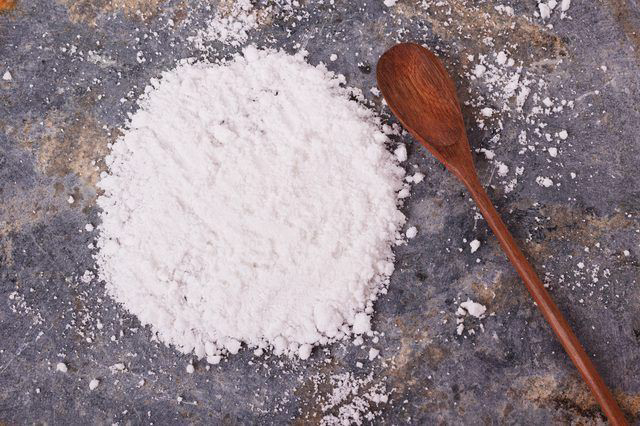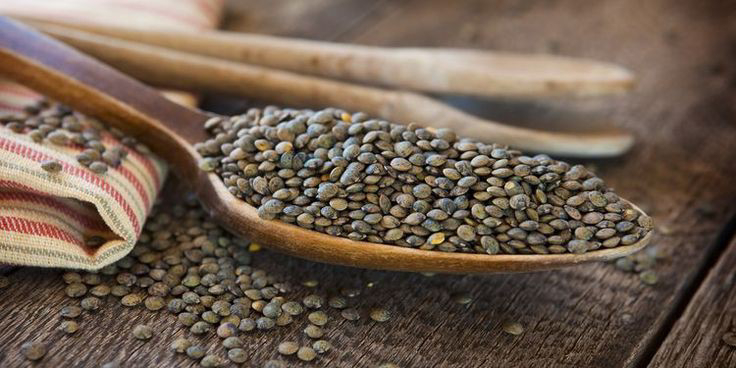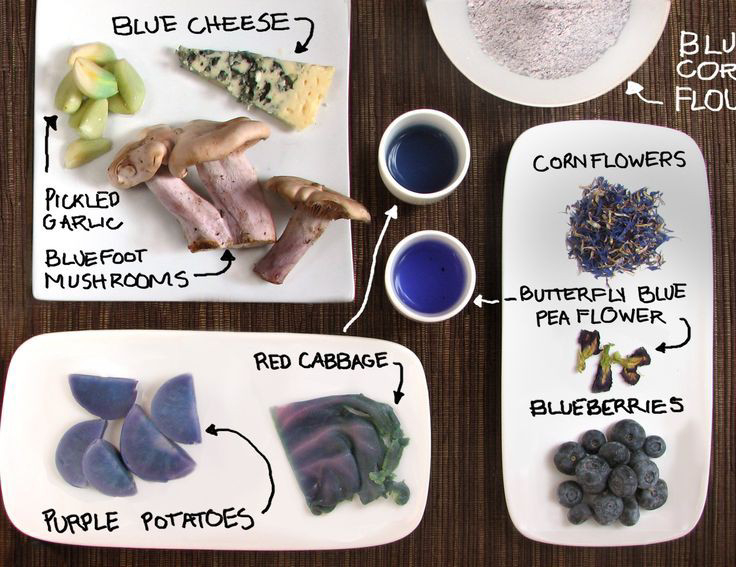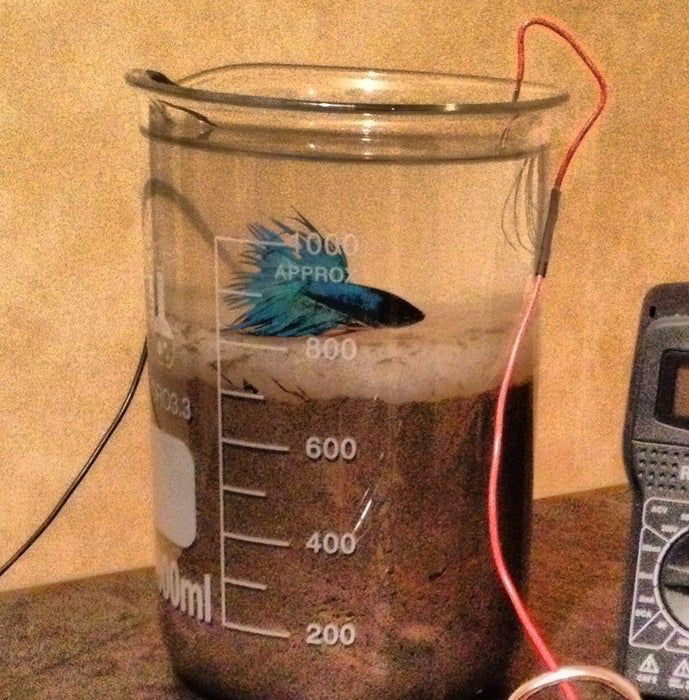Adulteration of crude drugs refers to the intentional or unintentional contamination or substitution of genuine plant or animal-derived substances with inferior or cheaper substances. The adulteration can occur at various stages, including collection, processing, storage, and distribution of crude drugs. Here are some common methods of adulteration:
1. Substitution: This method involves replacing the genuine crude drug with a similar-looking but cheaper or inferior substance. For example, substituting a valuable medicinal herb with a different plant species that resembles it in appearance.
2. Dilution: Adulterants may be added to the genuine crude drug to increase its weight or volume. This method is often used to make the drug appear more abundant or to increase profits. Diluents can include inert substances like starch, talcum powder, or other plant materials.
3. Extraction: Adulteration can occur by partially or completely extracting the active constituents from the genuine crude drug and replacing them with cheaper or ineffective substances. This method aims to reduce the potency of the drug while maintaining its appearance.
4. Addition of foreign matter: Adulterants may be added to the genuine crude drug to increase its bulk or weight. For example, adding sand, soil, or stones to powdered drugs to increase their weight and profitability.
5. Chemical adulteration: This method involves the addition of chemical substances to crude drugs. For instance, adding artificial dyes, preservatives, or synthetic compounds to enhance the appearance or shelf life of the drug.
6. Falsification of botanical origin: Adulteration can occur by mislabeling or misidentifying the botanical source of a crude drug. In this case, a different species or lower-quality plant material may be substituted for the genuine drug.
7. Microbiological contamination: Crude drugs can be contaminated with microorganisms such as bacteria, fungi, or molds during collection, storage, or processing. This type of adulteration can pose health risks and affect the quality and safety of the drug.
8. Pesticide and herbicide residues: Improper use of pesticides and herbicides during cultivation or collection of crude drugs can lead to contamination. These residues can be harmful and compromise the safety and quality of the drug.
It is important to note that the methods of adulteration can vary depending on the specific crude drug or the region where it is sourced. Adulteration is a significant concern in the herbal medicine industry, as it can affect the therapeutic efficacy, safety, and consistency of herbal products. To mitigate the risks of adulteration, quality control measures, proper authentication, and standardized testing methods are essential.



















No comments:
Post a Comment